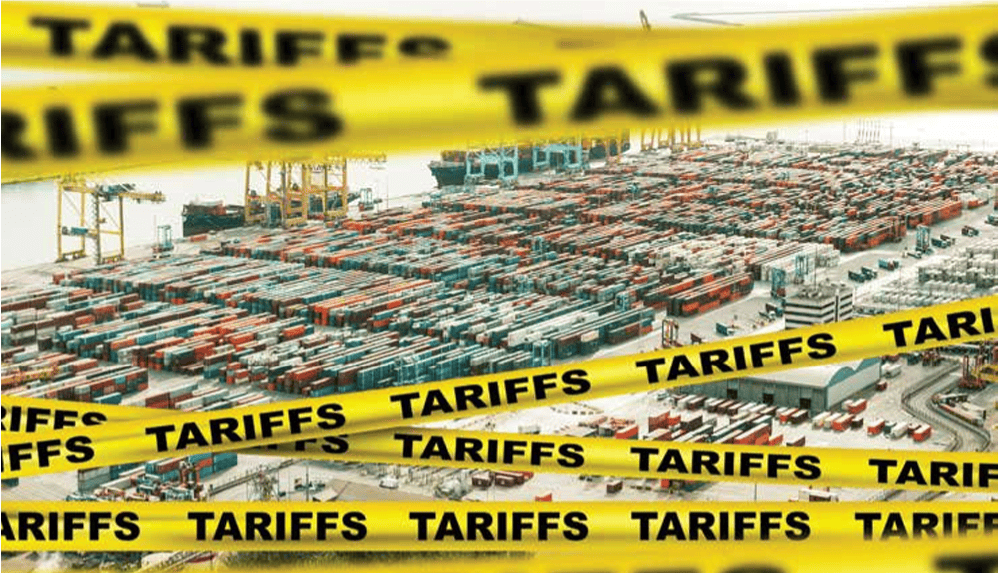From COLD FACTS Magazine (Click Image)
Read Below:
The Market Experts’ Roundup
Experts join us at our events throughout the year – here are some of the highlights shared at various events through the second half of 2024.
NORTH AMERICA
Xinnan Li, Rabobank
Headwinds
2024 has been a challenging macroeconomic environment with clear signals of weakened consumer spending. Restaurant sales were down 6% and grocery sector spending down 2% in Q2 2024. This suggests a broader trend of consumers reducing their overall spending rather than simply shifting their dining preferences. The notable exception is the online food delivery sector. Food delivery spending has doubled since pre-pandemic levels, driven primarily by increased order frequency.
Inflation remains a significant concern. While energy prices have exerted downward pressure on overall inflation, “core inflation” (excluding energy and housing) persists, indicating sustained upward pressure on the prices of essential goods.
Unemployment, rather than inflation itself, is the more pressing issue driving macroeconomic uncertainty. The ratio of job openings to unemployed individuals has fluctuated significantly, highlighting a complex labor market dynamic that will influence consumer spending and economic growth in the coming years.
Demographic Shift
The U.S. population is aging, with a projected addition of 25 million people aged 75+ by 2050. This aging population will likely have different dietary needs and preferences, influencing demand for specific food products and services. Furthermore, younger generations in the United States are becoming increasingly ethnically diverse. This will all impact food choices and spending.
Lifestyle Change
More home cooking. The American Time Use Survey (2003 vs 2023) shows a notable increase in time spent on food preparation, coupled with a decrease in time dedicated to other activities. This suggests a greater focus on cooking and eating at home.
There’s also a trend towards more pet ownership and less emphasis on having children. This shift has significant implications for the pet food market and other related industries. Furthermore, the overall trend leans towards a more individualistic, fun-seeking lifestyle, with less emphasis on community engagement and traditional work-life balance.
The Rise of the GLP-1 Diet
The rising use of GLP-1 weight loss drugs, such as Ozempic and Wegovy, is impacting the food industry. There is enough evidence of growth in their use to suggest a population level shift in overall consumption, fewer fatty and sugary foods, and more protein. Food manufacturers will need to adapt by reformulating products and developing companion products to cater to consumers using these medications.
LATIN AMERICA
Eduardo Ragasol, Managing Director, NIQ Mexico
Growth and Inflation
Growth is expected to remain above 2019 levels, although with variations across Latin American countries. Inflation is largely stable or slightly decreasing in 2025, except for Argentina, which shows high inflation rates.
Latin American FMCG (Fast-Moving Consumer Goods) value growth is showing a slow recovery, primarily driven by price increases rather than volume increases. Food price increases outpace the overall FMCG average.
Cautious Consumers
Thirty percent of Latin Americans report a worsening financial situation, largely due to the increased cost of living. Even those not experiencing financial hardship remain cautious consumers. Consumers are cutting back on non-essential spending (e.g., dining out, entertainment), while prioritizing essential expenses (e.g., household bills, education). They are employing cost-saving strategies such as buying on sale, switching to cheaper products and monitoring their spending more closely.
Shopping Smaller and Frequently
Latin Americans make an average of 106 grocery trips per year for home meals, buying six units per trip. Refrigerated categories (fresh meats, dairy, etc.) account for 30-60% of food spending. Frozen foods are gaining popularity as a practical option offering convenience and reduced waste.
Economic conditions have increased the number of trips, but consumers are purchasing smaller package sizes. About 35% of food spending is on groceries for home consumption. The increasing penetration of appliances like refrigerators, microwaves and air fryers is impacting food storage and consumption practices.
CENTRAL EUROPE
Pawel Walentynowicz, Managing Partner, AMA International
Poland’s Cold Chain Market Boom
The Polish frozen food market, valued at $5 billion USD in 2022, is expanding rapidly (10.43% CAGR), driven by agri-food dominance, export infrastructure and strategic location within the EU. Key challenges include rising energy costs and workforce limitations.
CEE Cold Chain Growth
Central and Eastern Europe’s cold chain market anticipates a 5% CAGR (2024- 2029), fuelled by pharmaceutical, food and e-commerce growth. However, infrastructure gaps and skilled labor shortages pose significant hurdles.
Baltic States Opportunities
The Baltic states show increased focus on quality cold chain logistics, with Baltic Logistic Solutions a key player. They’re strategically positioned as an EU-CIS trade corridor, but market fragmentation hinders standardization.
Romania and Bulgaria Infrastructure Needs
These countries face urgent needs for cold storage and last-mile delivery networks, particularly in rural areas. Pharmaceutical and e-commerce growth are driving demand, but infrastructure limitations are a constraint.
Presentations and other content resources shared at GCCA events are available to members in the resource library on the GCCA Website www.gcca.org/resources/resource-library




